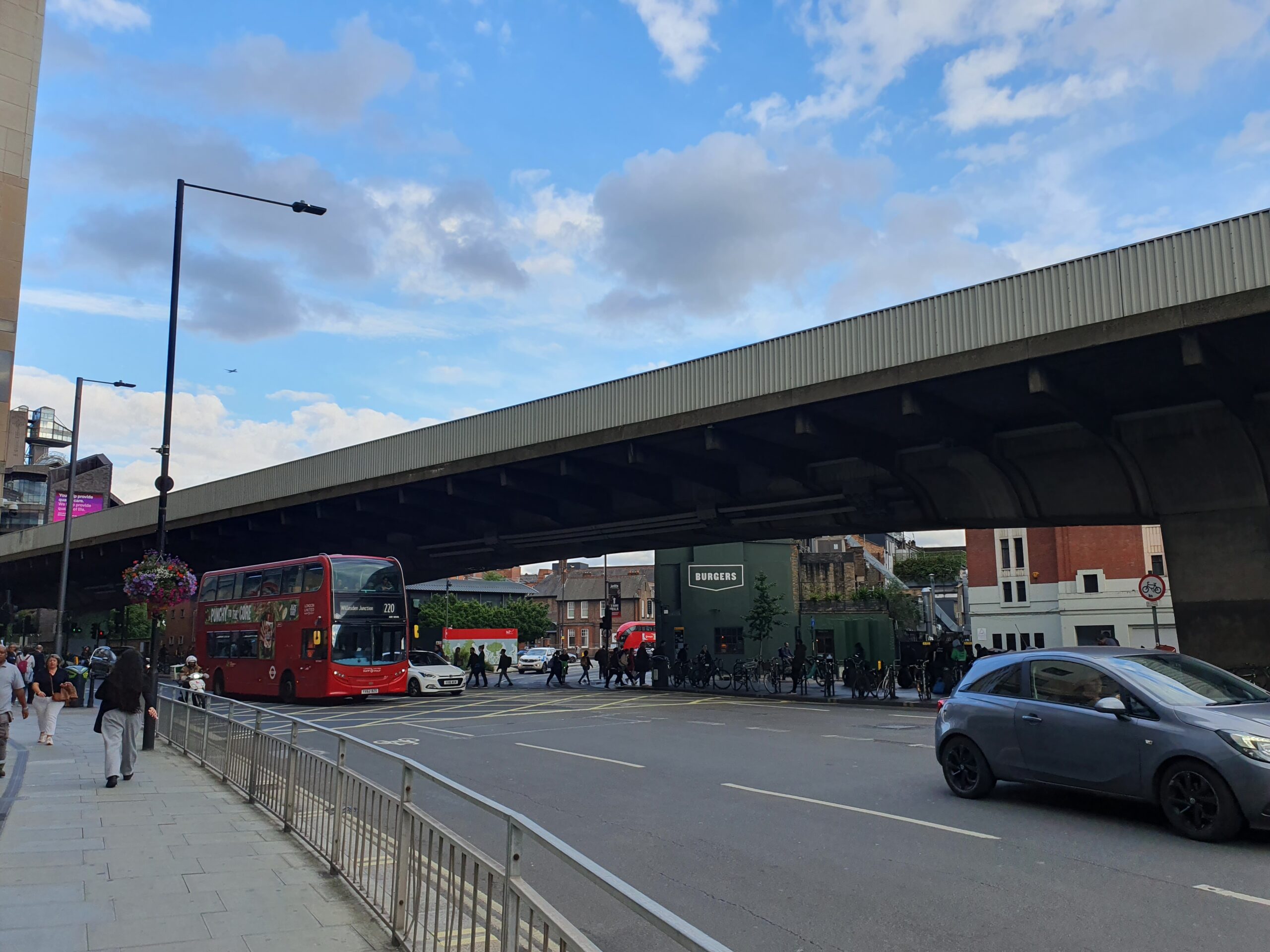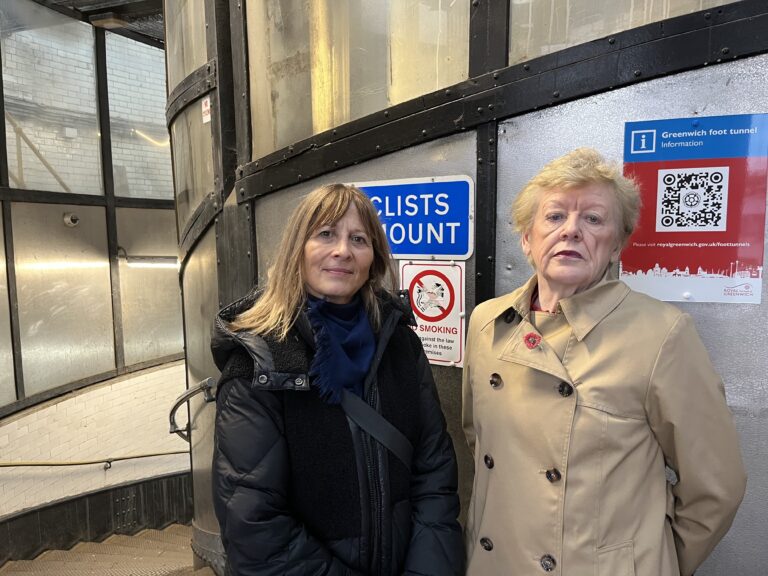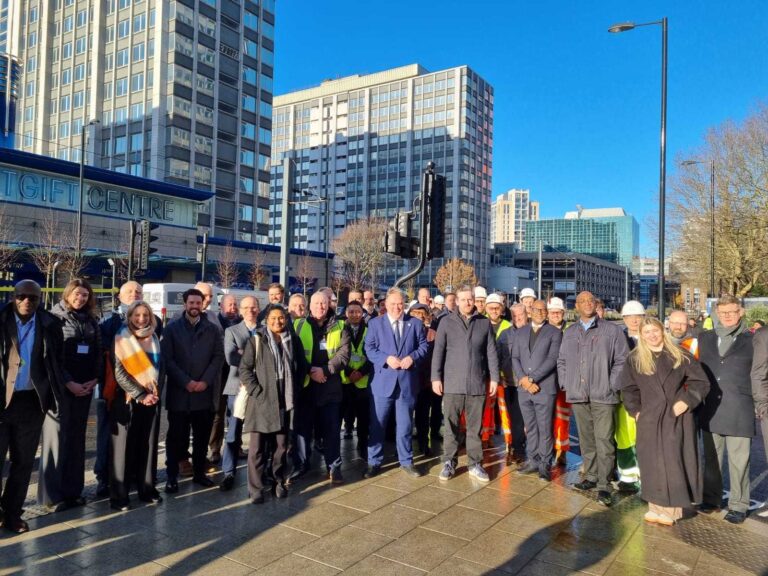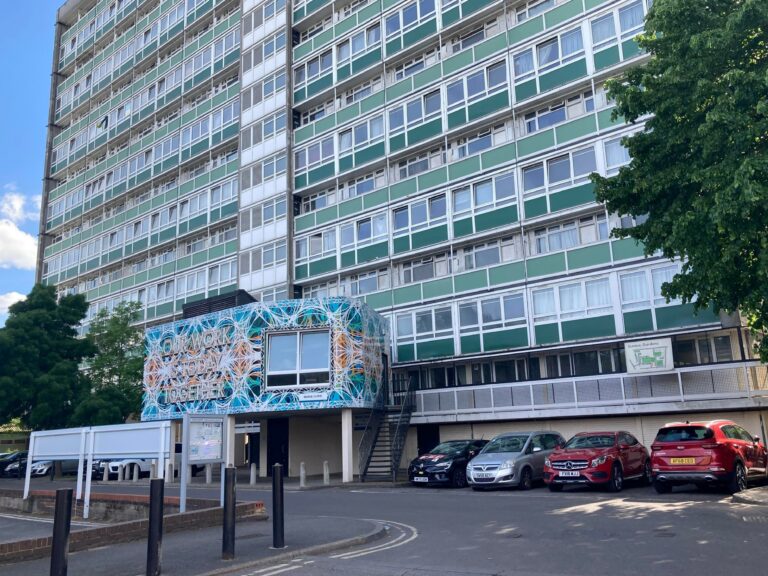A West London council is looking to replace a 1960s flyover with a new tunnel as part of its long-term plans for a key town centre, where nearly 3,000 homes would be built.
Hammersmith and Fulham Council details in its Hammersmith Town Centre Supplementary Planning Document (SPD) how it intends on knocking down the ‘eyesore’ flyover and introducing a ‘flyunder’ to improve the townscape and ease traffic.
Plans to replace the flyover have been circulating for years, alongside reworking the gyratory system. Richard Farthing, Chair of the Hammersmith Society, however described the tunnel as ‘more on the wish list’, and said a plan B for the centre which does not rely on it is needed.
Due to go before Cabinet next Monday (July 15), the SPD, if approved, will add detail to policies already included in the borough-wide Local Plan. It will help guide decision making when it comes to considering planning applications, but cannot introduce new policies, hence the ‘supplementary’.
The SPD has been informed by the Hammersmith Regeneration Area Masterplan, completed in 2019, and underwent public consultation earlier this year. The local authority says it received representations from 39 organisations and individuals, amounting to 149 comments. Consultees included Historic England, the Greater London Authority (GLA) and Transport for London (TfL).
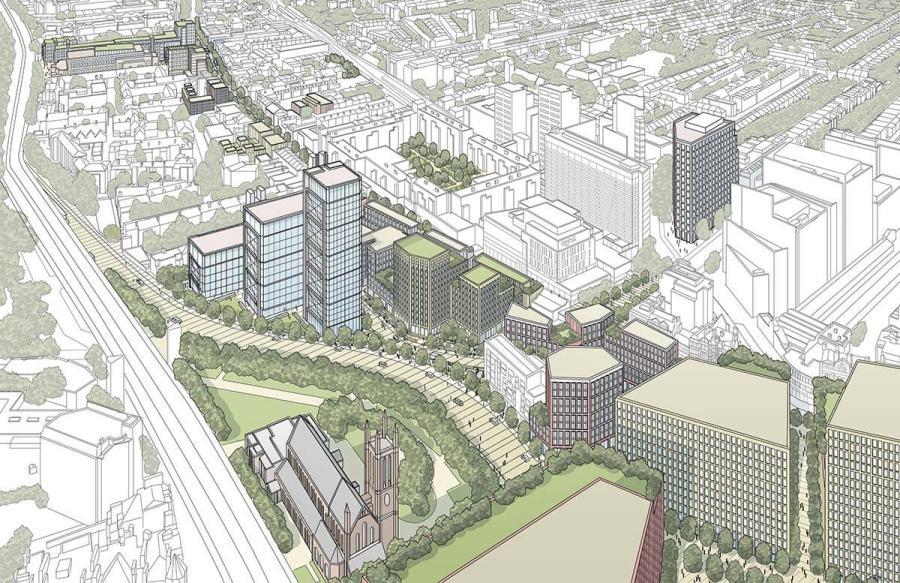
A number of ‘key outcomes’ for Hammersmith over the next decade are listed, from enhancing the arts and culture offer to building 2,800 new homes, 50 per cent of which will be ‘genuinely affordable’, and creating 10,000 new jobs. Perhaps the most eye-catching of the proposals though is replacing the flyover with a flyunder. This would remove an ‘eyesore and physical barrier’, ‘significantly’ enhance the townscape, lessen the impact of through traffic, and release land for development, the document notes.
A ‘comprehensive’ redevelopment of Hammersmith Broadway is also among the major interventions proposed, with a new public space and better-integrated transport exchange envisioned, as is a ‘Hammersmith High-line’. Similar to the high-line in New York, the council would look to reactivate the disused railway viaduct, and create a green link from the arches to Beadon Road.
On the flyunder, the council says it is looking to partner with TfL and the GLA to remove the current structure and build the proposed tunnel. A new east-west road will also be required, as well as additional cycling provision and crossings.
In a separate document, council officers acknowledged one of the main issues raised by residents during consultation was the feasibility of the flyunder. “For example, one resident stated that it will be necessary to plan the centre of Hammersmith with the genuine probability the Flyunder scheme will not be realised,” officers wrote. “Transport for London (TfL) welcomed the opportunity to work with the council but stated that they do not have any funding allocated to the interventions in the SPD in their current Business Plan.”
The SPD also recognises the flyunder would be a ‘long-term project’, with the total cost estimated at £811 million. “The council is now eager to reconvene discussions with TfL and the GLA in order to develop a feasibility and implementation plan to progress the project to its next stage, and to discuss options for financing the funding shortfall,” it adds.
Other key sites identified in the SPD include the new Civic Campus and Town Hall, on which work has begun, and King Street, which the council is eyeing-up to reconfigure in a bid to improve the public realm.
Mr Farthing told the Local Democracy Reporting Service (LDRS) the Hammersmith Society welcomes the SPD as a way to move the town centre forward, and that it has made a range of detailed comments. He said: “In general, conversion of offices to residential has to be done well to be successful, not always compatible with the ‘quick win’ belief. Housing by itself in the town centre isn’t an issue but much better if it caters for a wider range of the community than the typical monoculture of PBSA (Purpose-Built Student Accommodation) often being proposed at the moment, leading to rather dead areas like North Acton.
“The flyunder was always financially and logistically challenging and depended on large long-term cash injections plus commitment from TfL. It’s hard to see how the numbers stack up now with all the construction inflation, some saying as much as 25 per cent, it’s more on the wish list now. A plan B that doesn’t rely on it is needed.”
Cabinet members have been recommended to approve the SPD for adoption, incorporating amendments following the consultation. If adopted. It will then be published on the council’s website, with a statement also sent to the Secretary of State.


